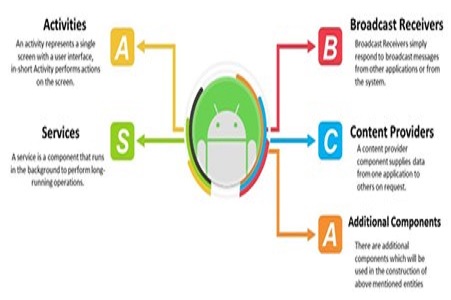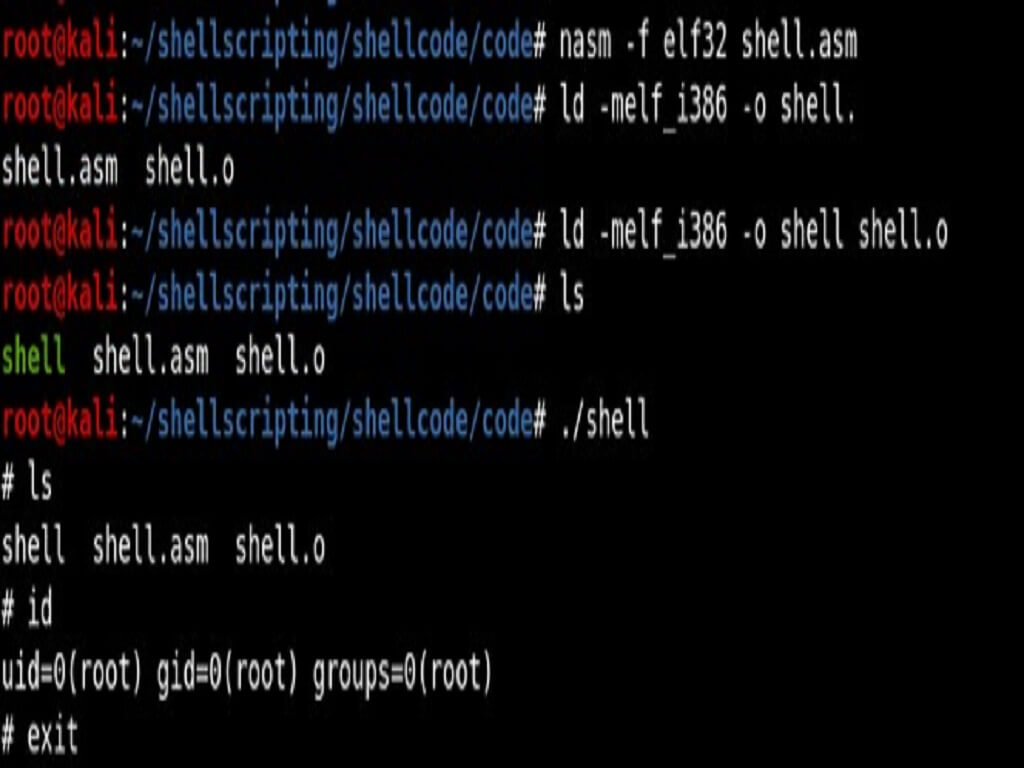Threat intelligence is a critical component of effective Security Operations Centre (SOC) operations. In today's threat landscape, where attackers are constantly evolving their tactics, techniques, and procedures (TTPs), organizations need to stay informed about the latest threats and vulnerabilities in order to keep their systems and data secure. In this blog post, we'll explore the role of threat intelligence in SOC operations, including how it's collected and analysed, and how it's used to inform SOC decision-making.
What is threat intelligence?
Threat intelligence is information about potential or actual cyber threats that organizations can use to better understand and respond to those threats. Threat intelligence can be categorized into different types, such as tactical, operational, and strategic intelligence, depending on the level of detail and context it provides.
Tactical intelligence is often the most relevant for SOC teams, as it provides actionable information that can be used to detect, prevent, or respond to specific threats. Examples of tactical intelligence include indicators of compromise (IoCs), such as IP addresses, domain names, and file hashes associated with known malware or threat actors, as well as information about new vulnerabilities or exploits.
How is threat intelligence collected and analyzed?
Threat intelligence can be collected from a variety of sources, both internal and external to an organization. Internal sources might include logs from security devices, such as firewalls, intrusion detection systems (IDS), and endpoint protection tools. External sources might include open source intelligence (OSINT) from websites and forums used by threat actors, commercial threat intelligence feeds, and information shared by industry partners or government agencies.
Once collected, threat intelligence is analyzed to identify patterns and trends that can help identify potential threats and their associated TTPs. This analysis might be done manually, by SOC analysts reviewing logs and other data, or it might be done using machine learning or other automated techniques.
How is threat intelligence used in SOC operations?
Threat intelligence is used in a variety of ways to help SOC teams detect, prevent, and respond to cyber threats. For example:
- Threat intelligence can be used to configure security devices, such as firewalls and IDS, to block traffic associated with known malicious IPs or domains.
- Threat intelligence can be used to prioritize alerts generated by security tools. For example, an alert generated by an endpoint protection tool that matches a known IoC would be considered higher priority than an alert with no associated threat intelligence.
- Threat intelligence can be used to inform incident response efforts. For example, if a SOC team identifies a new malware variant, they might consult threat intelligence feeds to see if other organizations have reported similar activity or if there are known mitigation strategies.
What are the types of Threat Intelligence?
There are three primary types of Threat Intelligence:
- Strategic Threat Intelligence: Strategic threat intelligence provides a high-level view of the threat landscape, which includes the overall risks and trends in the cybersecurity industry. This type of intelligence is usually used by top-level executives and helps organizations make long-term security decisions. For example, strategic intelligence may include information about emerging cyber threats and vulnerabilities, and what type of security investments and resources will be needed to address them.
- Operational Threat Intelligence: Operational threat intelligence provides a detailed view of specific threats and their attack vectors, as well as information about the tactics, techniques, and procedures (TTPs) used by threat actors. This type of intelligence is usually used by SOC teams to inform their day-to-day activities, such as monitoring security logs and detecting and responding to incidents. Operational intelligence includes information about recent or ongoing attacks, malware variants, and indicators of compromise (IoCs).
- Tactical Threat Intelligence: Tactical threat intelligence provides real-time and specific information about current threats, their sources, and the methods used by attackers. It is typically used by incident response teams to take immediate actions to detect and mitigate ongoing attacks. For example, tactical intelligence may include information about the IP addresses, domain names, and other indicators of compromise (IOCs) associated with an ongoing attack, as well as any newly discovered vulnerabilities or exploits.
What are the available Threat Intelligence tools?
- Threat intelligence platforms (TIPs): TIPs are comprehensive solutions that enable organizations to collect, aggregate, and analyze threat intelligence data from multiple sources. They provide a centralized platform for threat intelligence management, which includes automated threat enrichment, IOC management, and reporting capabilities.
- SIEM (Security Information and Event Management) tools: SIEM tools are designed to collect and analyze security event data from various sources. They provide a centralized dashboard for real-time monitoring and alerting, as well as advanced analytics capabilities for detecting and responding to threats.
- Open-source intelligence (OSINT) tools: OSINT tools are used to collect information from publicly available sources, such as social media, blogs, and websites, to identify potential threats and vulnerabilities. These tools can be used to monitor threat actors and gather information about their TTPs.
- Malware analysis tools:Malware analysis tools enable organizations to analyze malware samples to identify the tactics, techniques, and procedures (TTPs) used by threat actors. They can help identify new malware variants, detect and respond to ongoing attacks, and provide insights into the latest attack trends.
- Threat intelligence feeds: Threat intelligence feeds are curated collections of threat intelligence data that are provided by vendors or security researchers. They typically include indicators of compromise (IoCs), such as IP addresses, domain names, and file hashes associated with known malware or threat actors.
- Dark web monitoring tools: Dark web monitoring tools are used to monitor underground forums and other hidden online marketplaces where cybercriminals buy and sell stolen data, exploit kits, and other tools used for cyber-attacks. They can help organizations stay informed about potential threats and take proactive steps to protect themselves.
Threat intelligence does not attack. Rather, it is a process of gathering, analyzing, and applying information about potential and actual cyber threats to an organization's security posture.
The process of using threat intelligence to defend against cyber threats typically involves the following steps:
- Gathering: Threat intelligence gathering involves collecting data from various sources, such as security feeds, open-source intelligence, and dark web monitoring. This data includes indicators of compromise (IoCs), such as IP addresses, domain names, and file hashes associated with known malware or threat actors.
- Analysis: The gathered data is analyzed to identify patterns, trends, and correlations that can provide insights into the behavior of threat actors and the tactics, techniques, and procedures (TTPs) they use. This analysis can help identify emerging threats, vulnerabilities, and potential attack vectors.
- Applying: The intelligence gathered and analyzed is then applied to an organization's security posture to improve its ability to detect, prevent, and respond to cyber threats. This involves integrating the intelligence into security systems and processes, such as intrusion detection and prevention systems, firewalls, and incident response plans.
- Sharing: Threat intelligence sharing involves sharing the intelligence with other organizations and the wider security community to improve the overall security posture. This collaboration enables organizations to identify new threats and vulnerabilities more quickly and respond more effectively to cyber attacks.
Prevention
- Develop a threat intelligence strategy: Organizations should develop a threat intelligence strategy that outlines how they will collect, analyze, and apply threat intelligence data to improve their security posture. This strategy should include identifying the sources of threat intelligence data, the tools and processes for analyzing it, and how the intelligence will be integrated into security systems and processes.
- Select the right tools: Organizations should select the right threat intelligence tools that meet their specific needs and budget. This includes threat intelligence platforms (TIPs), SIEM tools, open-source intelligence (OSINT) tools, malware analysis tools, and dark web monitoring tools.
- Implement threat intelligence into security systems and processes: Organizations should integrate the threat intelligence into their security systems and processes, such as intrusion detection and prevention systems, firewalls, and incident response plans. This integration should be done in a way that enhances the effectiveness of these systems and processes and does not create unnecessary complexity or false positives.
- Stay up to date: Organizations should stay up to date with the latest threat intelligence trends, tactics, techniques, and procedures (TTPs) used by threat actors. This includes monitoring threat intelligence feeds and collaborating with other organizations in the security community.
By developing a threat intelligence strategy, selecting the right tools, integrating threat intelligence into security systems and processes, and staying up to date, organizations can use threat intelligence effectively to enhance their security posture.






